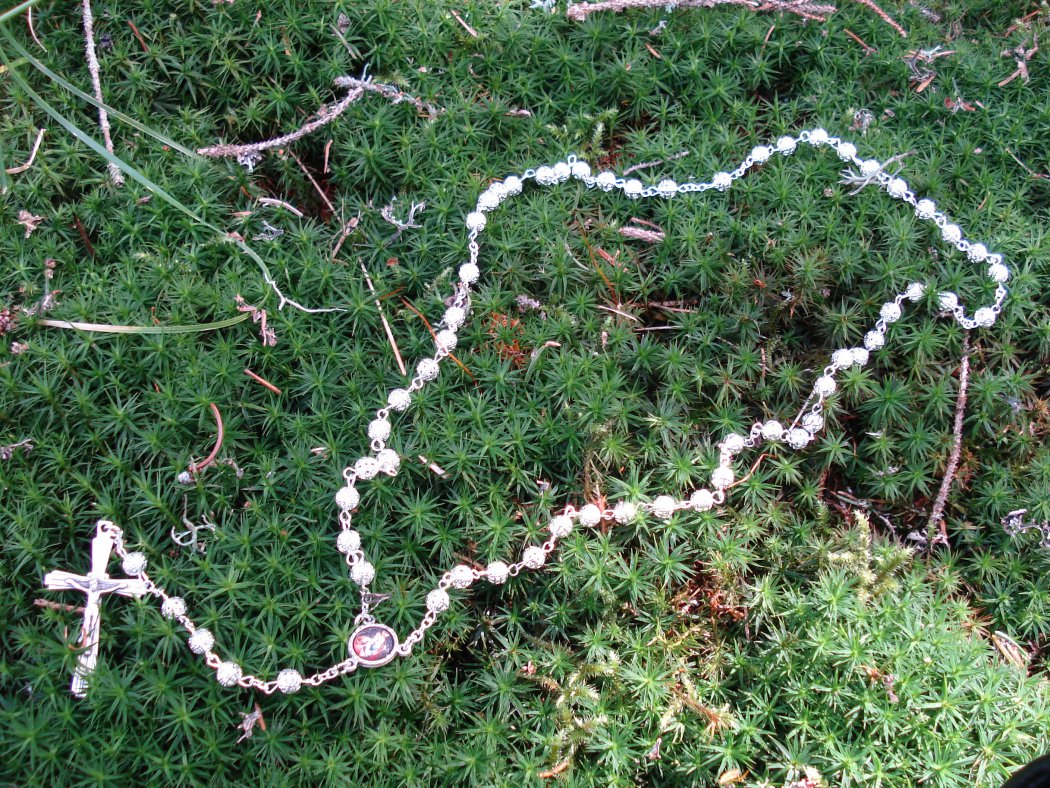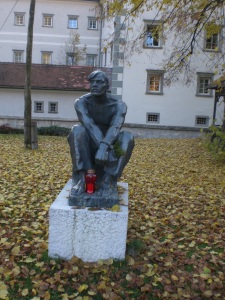Slovenia takes its culture seriously, and this is most visible every year on 8th February when the country celebrates Prešeren Day – a national cultural holiday – dedicated to its most treasured poet, France Prešeren.
Various events take place throughout the country, the largest of which are in Kranj and Vrba. The former is nowadays known as Prešeren’s Town, while the latter was his birthplace.
In Vrba, which is in close proximity to Radovljica, every year on 8th February people flock from around the country to take part in a 10-kilometre walk along the Žirovnica Cultural Heritage Trail. The trail begins at Prešeren’s birth house …

…then continues via fields and country paths to the birth houses of Žirovnica’s other famous men as well as Anton Janša’s apiary.
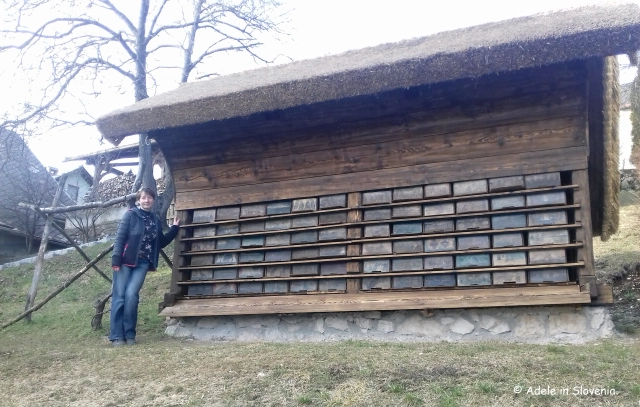
The Prešernov smenj fair in Kranj also attracts huge crowds. The event is dedicated to all-things from Prešeren’s time; music, dance, clothing, food …

Throughout the country all museums offer free admission on 8th February to enable everyone to be part of Prešeren Day.
The Radol’ca area has more than its fair share of museums; 12 to be precise (excluding galleries):
Museum of Apiculture, Radovljica
Municipal Museum, Radovljica
Pharmacy and Alchemy Museum, Radovljica
Lectar Workshop and Museum, Radovljica
Iron Forging Museum, Kropa
Fovsaritnica Museum House, Kropa
Sextons’ Museum House, Kamna Gorica
Museum of Hostages, Begunje na Gorenjskem
Elan Alpine Ski Museum, Begunje na Gorenjskem
Avsenik Museum, Begunje na Gorenjskem
Ethnological Museum, Mošnje
Nativity Museum, Brezje
While deciding what to do this year on 8th February, I realised that I had been to all the above museums, except one – the Municipal Museum. So, it was time to tick that one off the list too!
The museum is dedicated to Radovljica’s most well known (former) resident – Anton Tomaž Linhart: The 18th century was a time of great change in Europe. One of the central characters in the then Carniola was Anton Tomaž Linhart from Radovljica, the father of Slovenian theatre and scientific historiography.
The museum is located on the first floor of the magnificent Radovljica Manor.
If I’m honest, it had probably never occurred to me to visit the museum as I thought that since it’s all dedicated to one person, there is only so much you can hear and see about that person. But, I stand corrected! Though the content is indeed dedicated to Anton Tomaž Linhart, it is also an opportunity to find out about life, clothing and customs in the eighteenth century.
And to have a bit of fun dressing up too!
Upon prior arrangement, guided tours are available in Slovene, German and English.
Our national day of culture may be over for this year, but there are hundreds of (other) museums throughout Slovenia to explore throughout the year.
© Adele in Slovenia



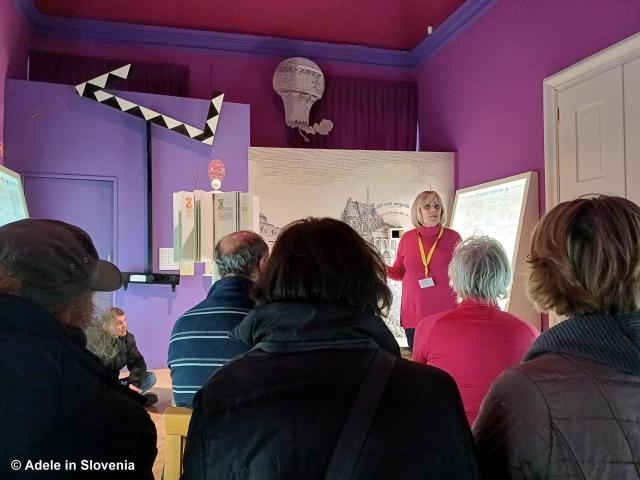
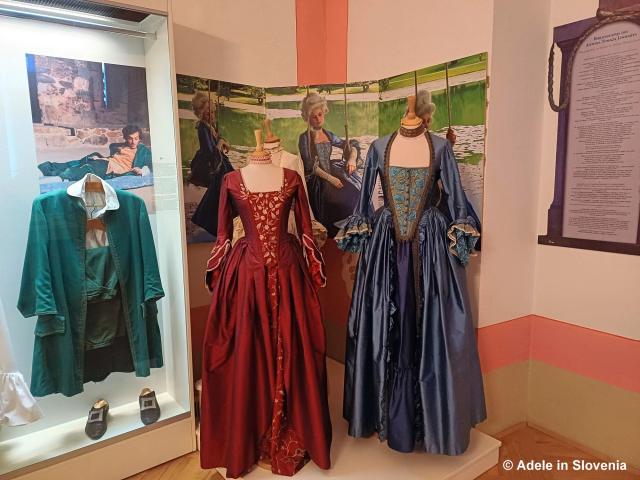

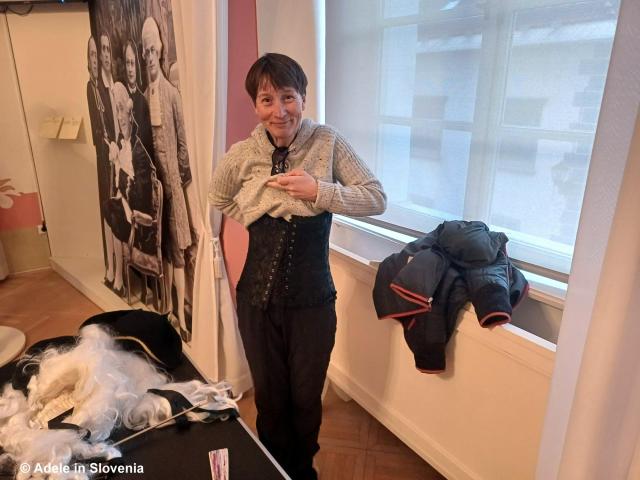





_r.jpg)





